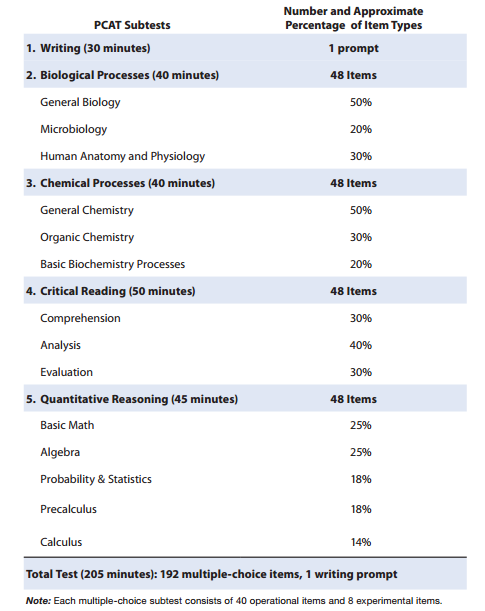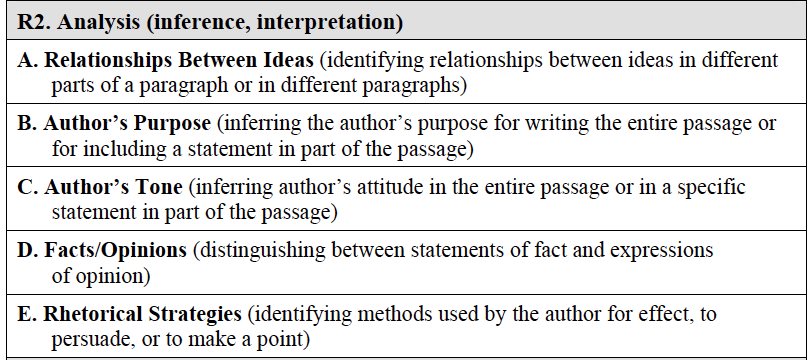This is Part 1 of a series of breakdown posts that will outline the PCAT 2017!
We’ve actually done a series like this before but the test has gone through some changes and here at PCAT Cracker we like to keep you updated to make sure test day is the best day! First of all we’ll focus on the specifics of the PCAT itself and then in upcoming posts we will discuss each of the sections in detail individually.
The Pharmacy College Admission Test is designed by the American Association of Colleges of Pharmacy (AACP) to assess your readiness for pharm school and is the official admission exam for U.S. (& Canada) pharmacy programs in the application process as a factor in their decision.
The PCAT 2017 is a monstrous marathon of an exam with a wide scope of testing topics and clocking in at nearly 4 hours!
The PCAT Registration Two Step:
Registering for the PCAT
While registration is not currently open for the majority of 2017 (exception with the few January dates that it’s too late fore) let’s talk about what you need to know…
Keep in mind when registering you need to know the schools you want your scores to be sent to, therefore figure it out beforehand. Step one: go to the PCAT website and create an account here; that’s your PCAT CID. With that log in you’re in the system and can do stuff like send official score transcripts, etc. Only after you a receive registration confirmation email saying that your payment was received can you then schedule to take the test…
Scheduling a test date
Got that registration confirmation email? Now schedule ASAP! The PCAT is a computer-based test conducted at Pearson VUE Test Centers and dates and test centers can fill up fast. If this is your first time taking the PCAT you’ll need to create a log in with Pearson VUE and keep your PCAT CID (your PCAT registration log in) handy, you’ll need it. If you have a log in with Pearson VUE already, sign in and schedule away!
$ Cost of Taking the PCAT $
When you register to take the PCAT the fee is $210 and this includes sending official scores to up to three schools. If you want to send scores to any more schools it’s $20 each. If you haven’t realized it yet, deadlines are a big deal and the late registration fee is an additional $49.
What’s on the PCAT?
What will test day look like? Here’s the breakdown:
FYI: there is a scheduled 15-minute break after section three Chemical Processes and that is the only scheduled rest break! If you really need an additional break the timer on your test will not stop therefore try your best not! With proper practice practice practice and a goodnight’s sleep you can handle no extra breaks in your PCAT 2017 test day no problem.
PCAT Scores
You will receive an unofficial score as soon as you finish the test and official scores are available within 5 weeks of your testing window. Your Official Score Report will be available online for one year from the date of your test administration and Official Transcripts will be sent to the institutions you designated to receive your scores. PCAT scores are on a scale so there’s no passing or failing per se.
Your official score reports will contain a Scaled Scored and Percentile Rank side by side. Check out a sample score report here. Keep in mind that certain pharm programs have a desired PCAT score therefore it’s important to aim high always!
What’s Next?
As previously mentioned you can’t register the PCAT 2017 quite yet so for now focus on studying and PRACTICE PRACTICE PRACTICE! While we work on the updated section breakdowns you can check out the PCAT Breakdown: Writing Section! post because that section has not drastically changed.
Also check out some other pertinent PCAT Cracker blog topics; for instance…
We will keep you updated and in the loop with any other future PCAT 2017 changes. That’s all for now! Remember we’ll have new and improved PCAT Section Breakdowns rolling in soon and until then stick with PCAT Cracker to PRACTICE PRACTICE PRACTICE!







